How to See How Judges Rule on Pre or Post Conviction Release
Chapter 5:
Release & Detention
How to See How Judges Rule on Pre or Post Conviction Release
EXAMPLE: EASTERN DISTRICT OF VIRGINIA
Navigate to the district’s Case Management/Electronic Case Files (CM/ECF) system: ecf.vaed.uscourts.gov.
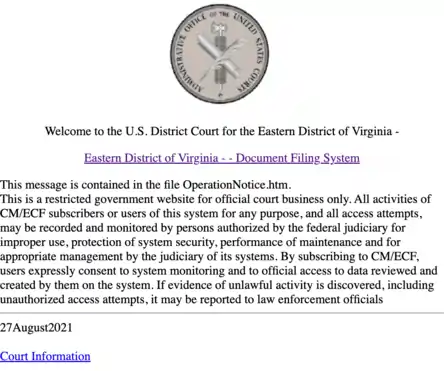
Click on the “Eastern District of Virginia – – Document Filing System” Link.
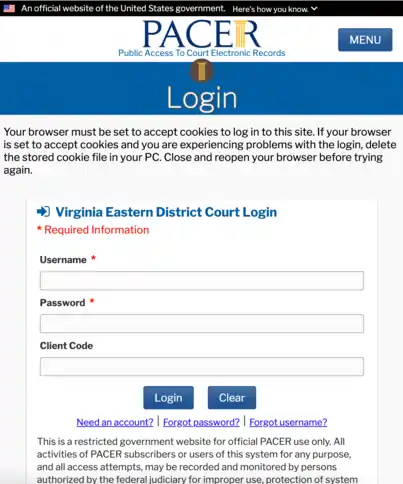
Log into PACER using your credentials. Accept the Redaction Responsibility notice.
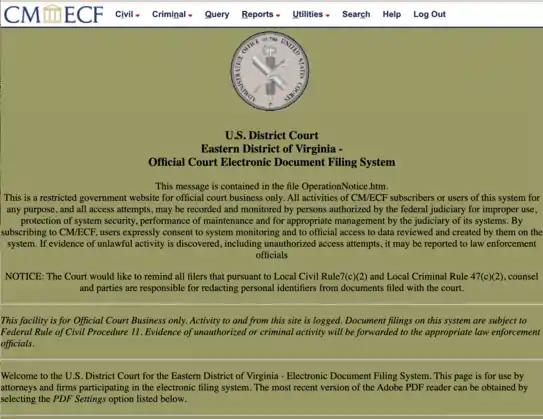
Using the menu at the top of the page, navigate to Reports → Criminal Reports → Criminal Cases
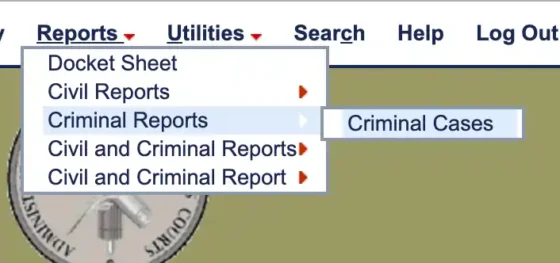
Arrive at the following landing page:
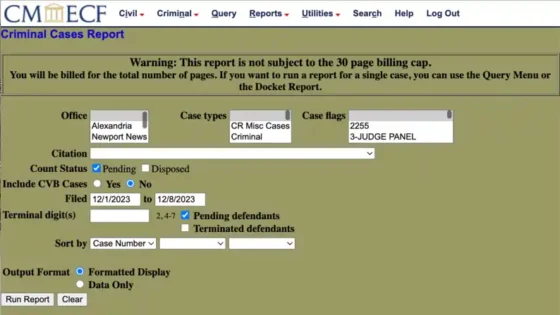
Make the following adjustments:
- Select the office you wish to investigate (for example, Alexandria).
- Select the citation you wish to investigate (for example, 18:2252A.F).
- Next to “Count Status,” check the boxes next to “Pending” and “Disposed.”
- Next to “Filed,” select the date range you are interested in (for example, the past five years).
- Check the boxes next to “Pending defendants” and “Terminated defendants.”

Select “Run Report.”
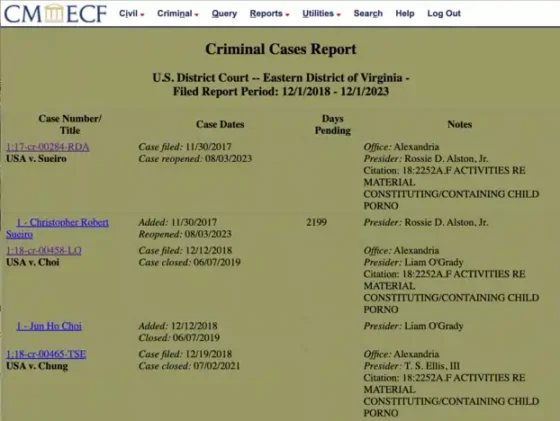
Determine which information would be most useful for your case. This could include all of the Court’s conditions of release orders for the relevant statute in the last five years, the Court’s last few conditions of release orders for the relevant statute, or a specific Judge’s conditions of release orders for the relevant statute. For this example, we will look at a case presided over by Judge Ellis.
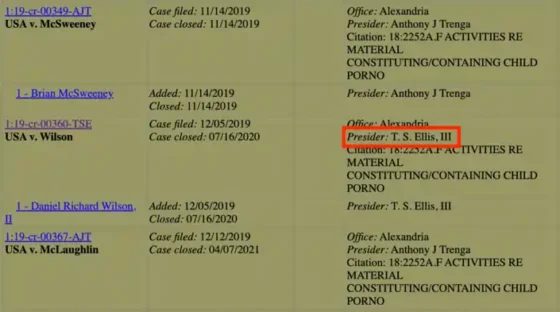
Select the Case Number you are interested in (for example, 1:18-cr-00360-TSE).
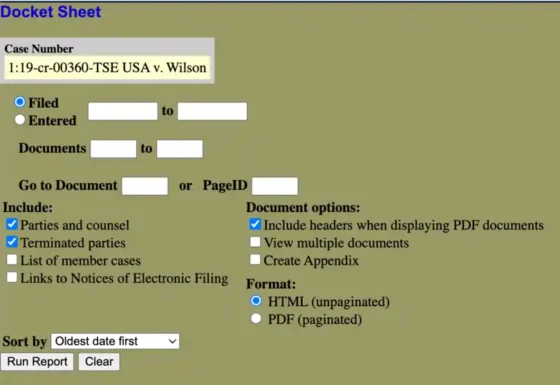
Select “Run Report.”
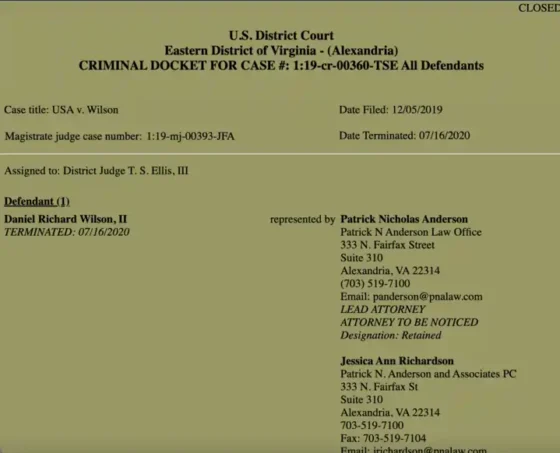
Scroll down and locate the Magistrate Judge’s order setting conditions of release. In this case, we will look at the conditions of release pre-conviction. In this case, it is #14.
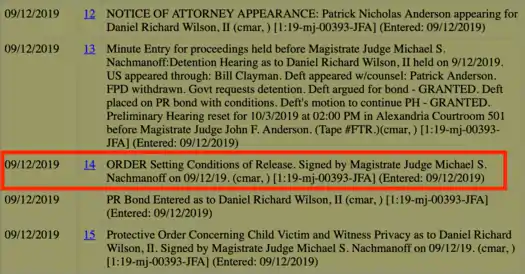
Select “View Document.”
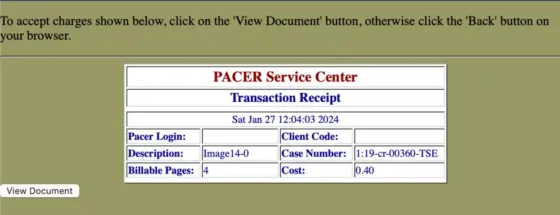
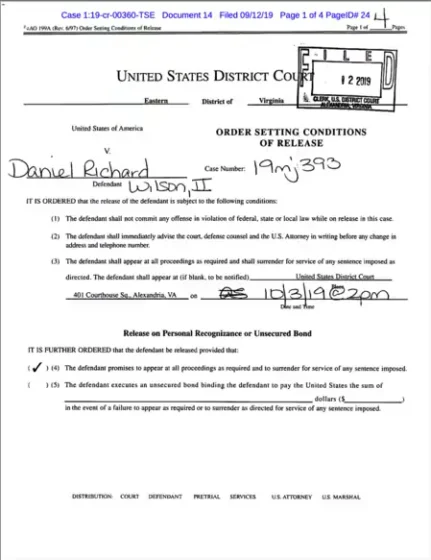
Scroll down to locate the “Additional Conditions of Release” section of the judgment.
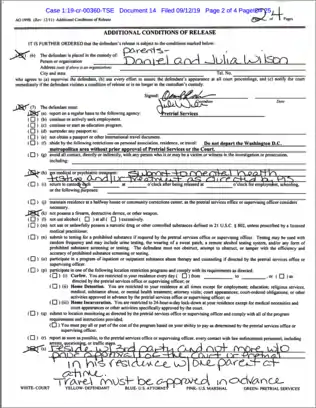
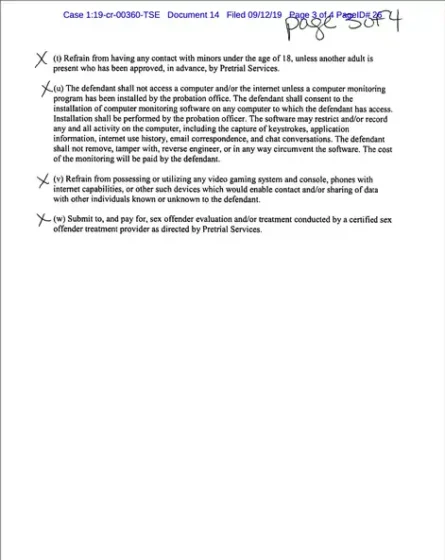
In this case the defendant was placed in custody of his parents, is required to report to pretrial services on a regular basis, cannot leave the D.C. area without prior approval, must submit to mental health testing and/or treatment, cannot possess a firearm/destructive device/other weapon, must reside with only a third party in his residence with one parent at a time, must refrain from having contact with minors, cannot access a computer and the internet without a computer monitoring program, cannot use any device that would enable contact with others, and must submit to sex offender evaluation and/or treatment.
If applicable, locate any orders modifying the conditions of release.
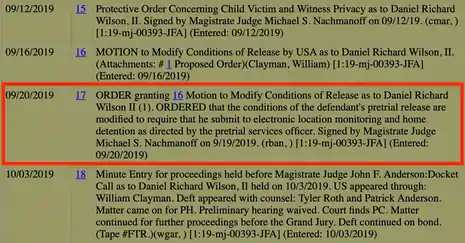
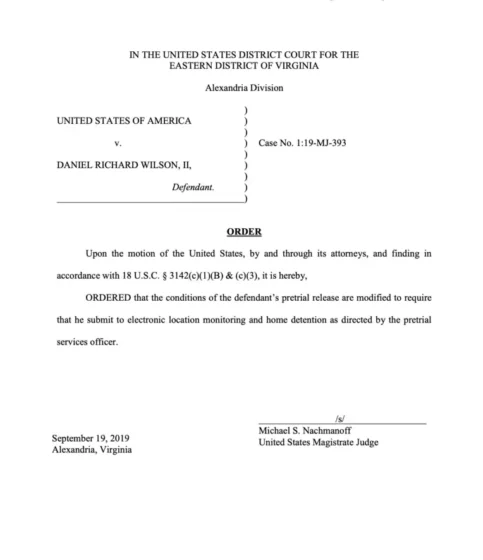
In this case, the defendant was required to submit to electronic location monitoring and home detention.
You can also find cases in which pre-conviction release was not granted, and a defendant was detained.
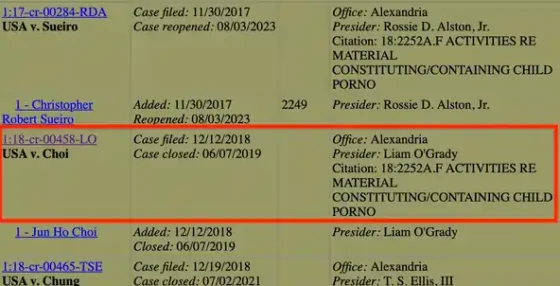
In this case, the defendant was originally detained pre-conviction.
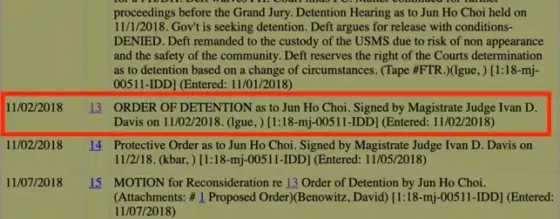
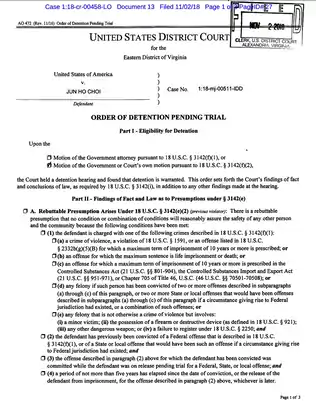
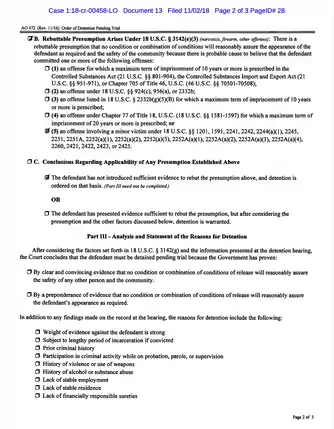
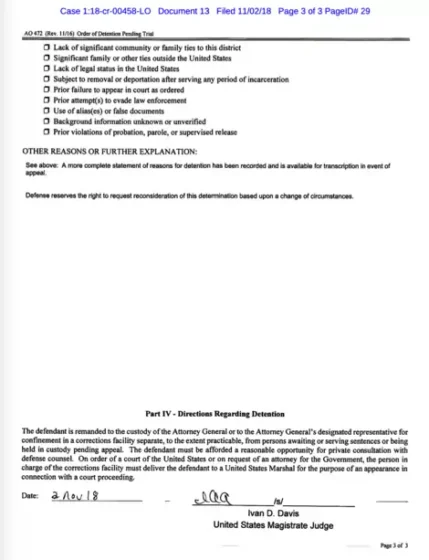
In this case, the defendant did not introduce sufficient evidence to rebut the presumption that no condition or combination of conditions will reasonably assure the appearance of the defendant and the safety of the community.
The defense filed a motion for reconsideration of the detention order. The motion presents reasons for the defendant’s release.

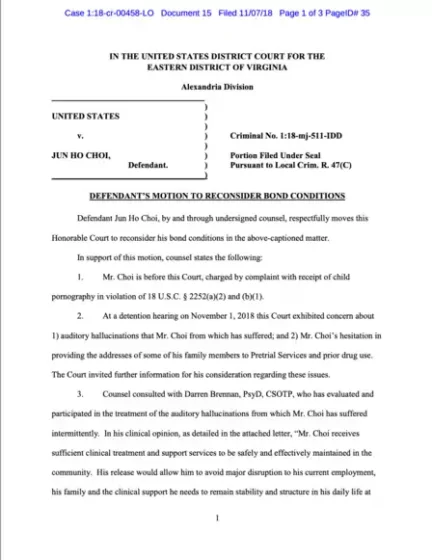
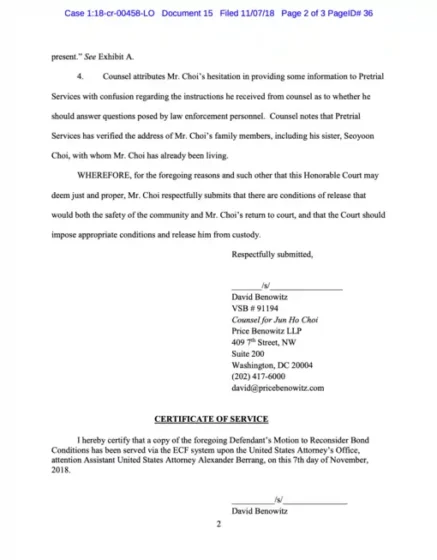
Because there is an order setting the conditions of release, the reasons set forth in the motion for reconsideration were sufficient to rebut the presumption.
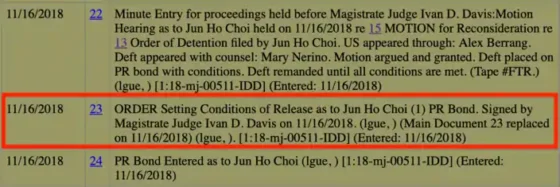
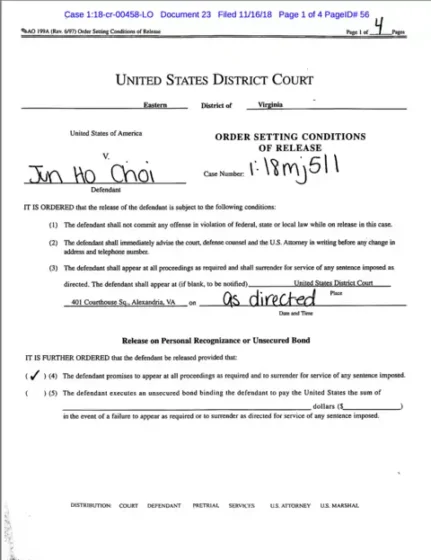
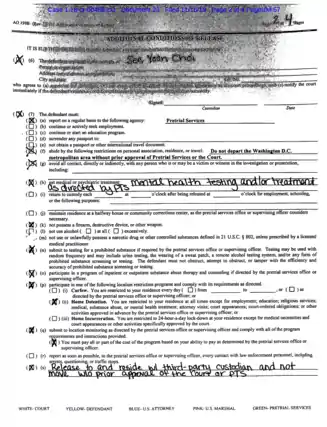
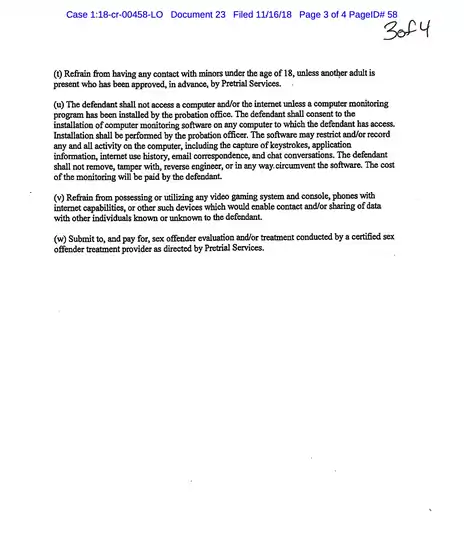
The defendant was placed on bond with the above conditions.
By looking through relevant cases in your district, you can see the aspects of cases that tend to lead to both detention and release, and structure your arguments for release from there.


